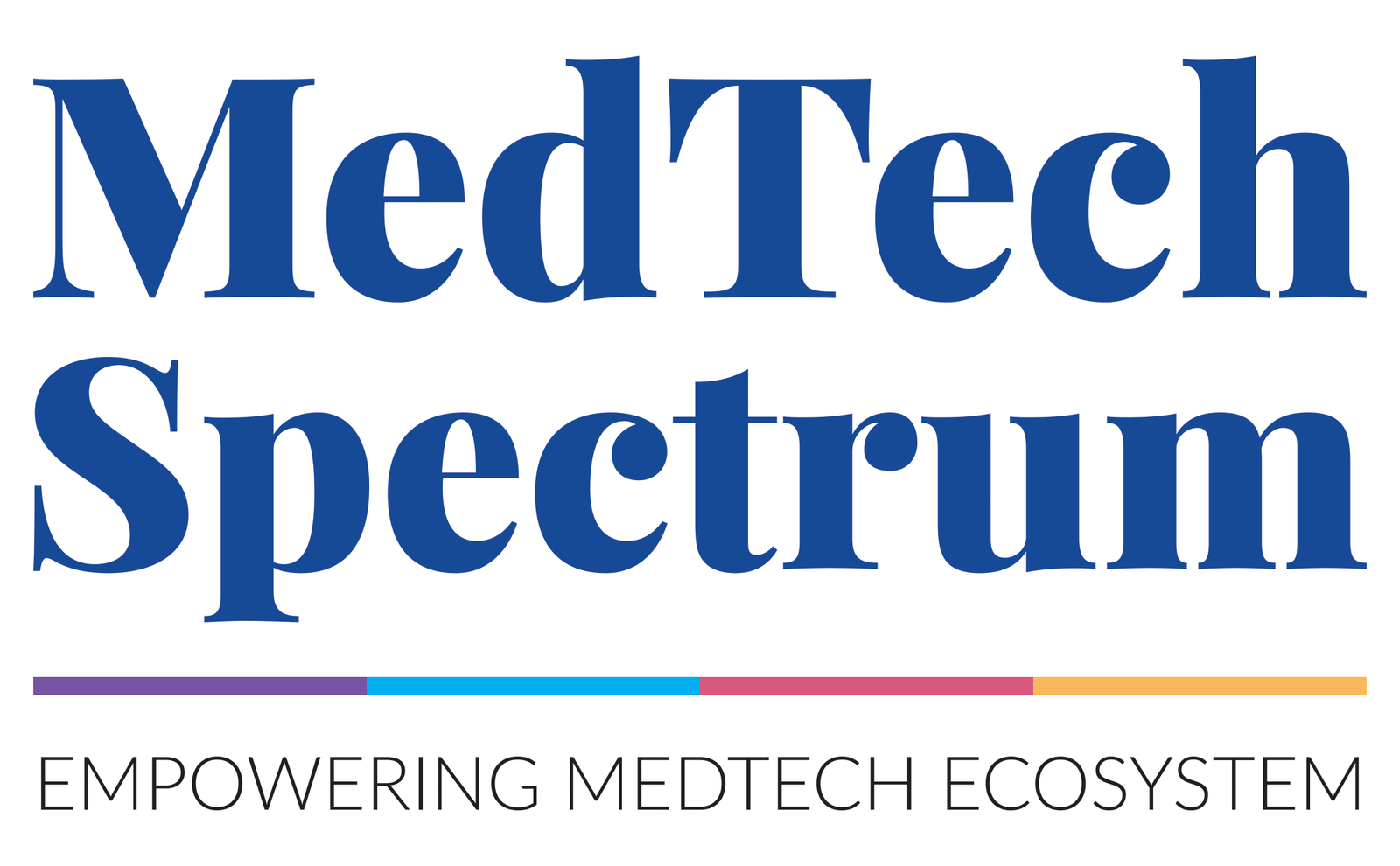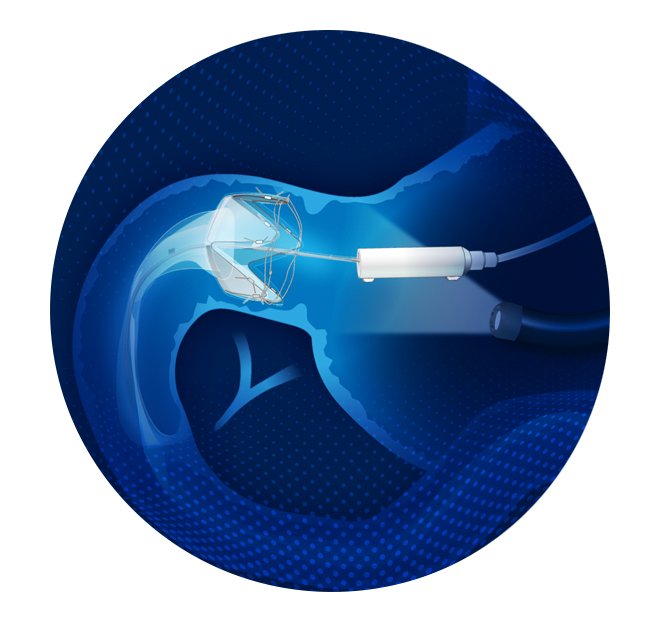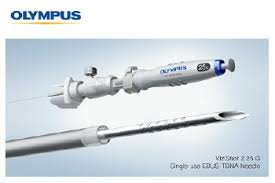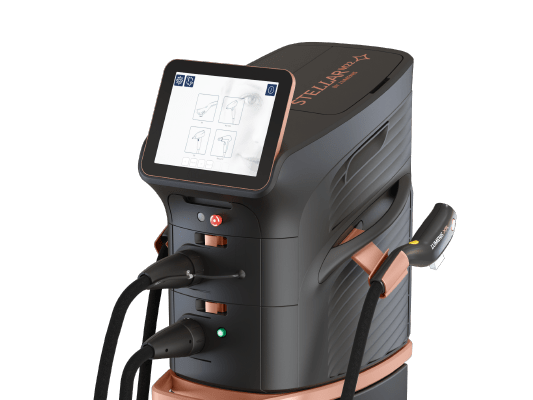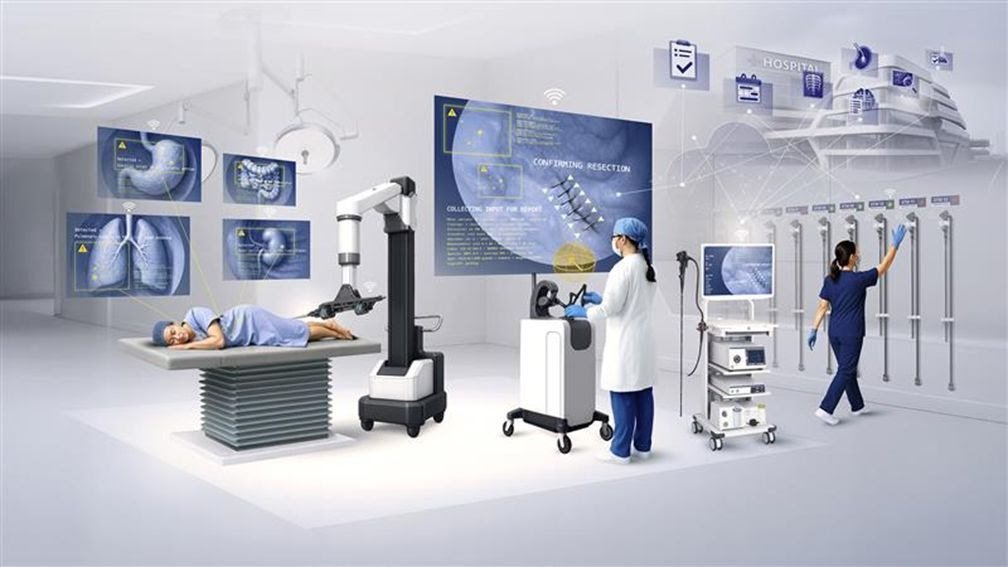Morphic Medical has achieved a major regulatory milestone with the CE Mark approval for its RESET® System—the world’s first incision-free, endoscopically delivered device designed to address the root cause of obesity and type 2 diabetes (T2D). Unlike conventional surgical procedures, RESET uses a novel duodenojejunal diversion sheath that temporarily lines the upper small intestine to reduce food contact with intestinal receptors. This mechanism stimulates hormonal changes similar to GLP-1 therapy, promoting weight loss and improved metabolic control without the need for irreversible surgery. The system is implanted and removed via endoscopy, offering a minimally invasive alternative to patients who have struggled with traditional treatments.
The RESET System provides a much-needed option for individuals with obesity and T2D who continue to experience poor glycemic control despite diet, medications, and lifestyle interventions. Clinical studies in the UK have shown promising outcomes, with patients achieving an average weight loss of 17.4 kg, a significant HbA1c reduction of 1.9%, and decreased insulin dependency—over one-third of participants were able to discontinue insulin use altogether. Furthermore, RESET demonstrated durable results, with the majority of patients maintaining their improvements three years post-treatment. By eliminating the need for invasive procedures like gastric bypass, RESET enhances accessibility, safety, and overall patient compliance.
With CE Mark certification now in place, Morphic Medical is positioned to begin commercial distribution of RESET across the European Union and other regions recognizing the mark. This development not only reflects the company's commitment to addressing global obesity and metabolic disease epidemics but also signals a paradigm shift toward endoscopic, reversible interventions in metabolic care. As RESET enters the market, it offers clinicians a powerful new tool to manage complex metabolic disorders and empowers patients with a safer, effective solution that bridges the gap between pharmacotherapy and surgery.
